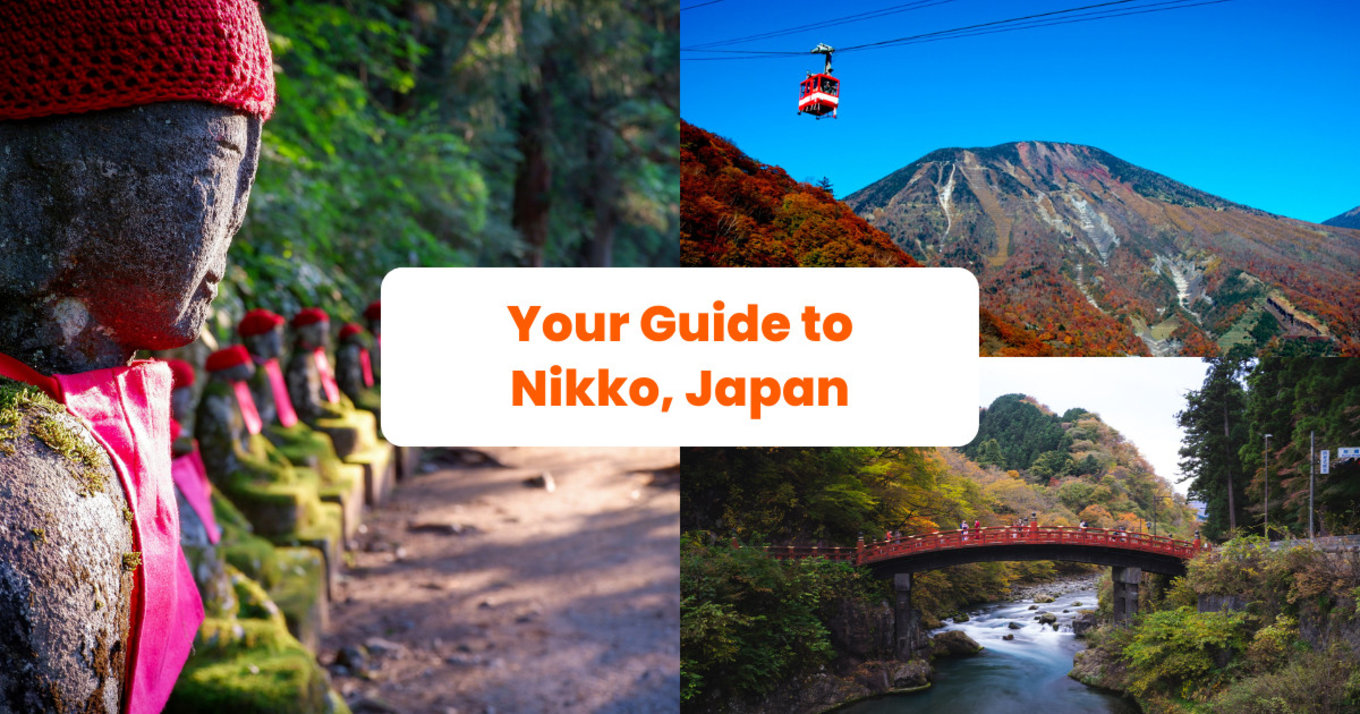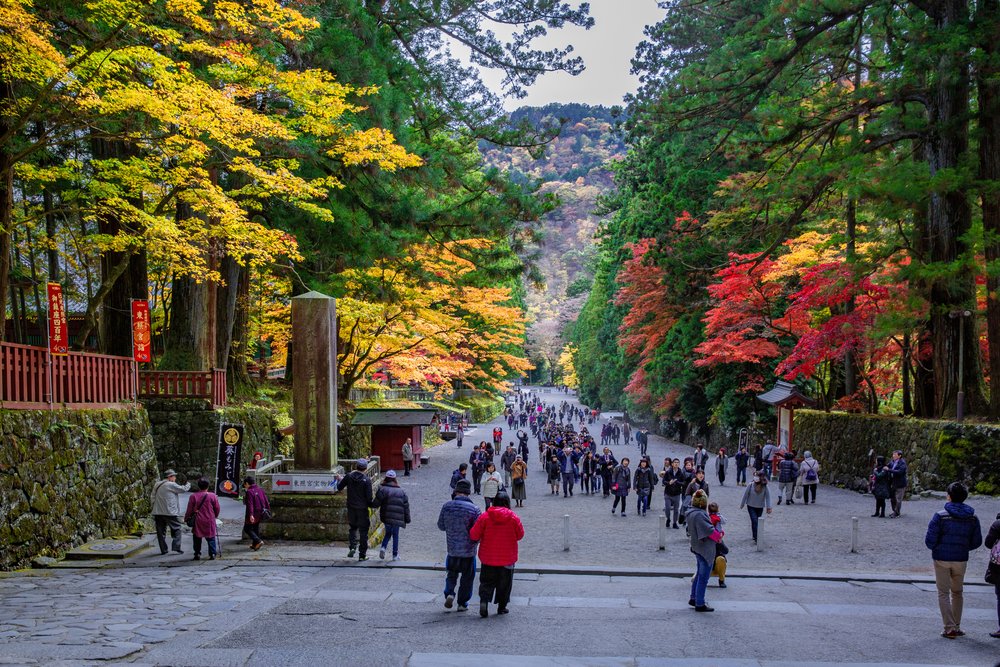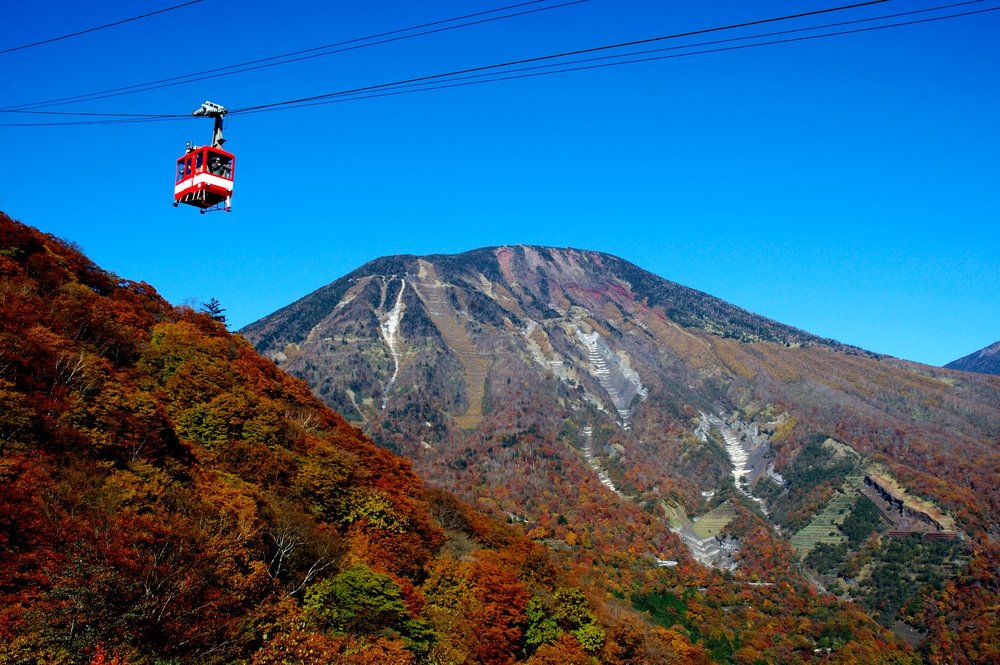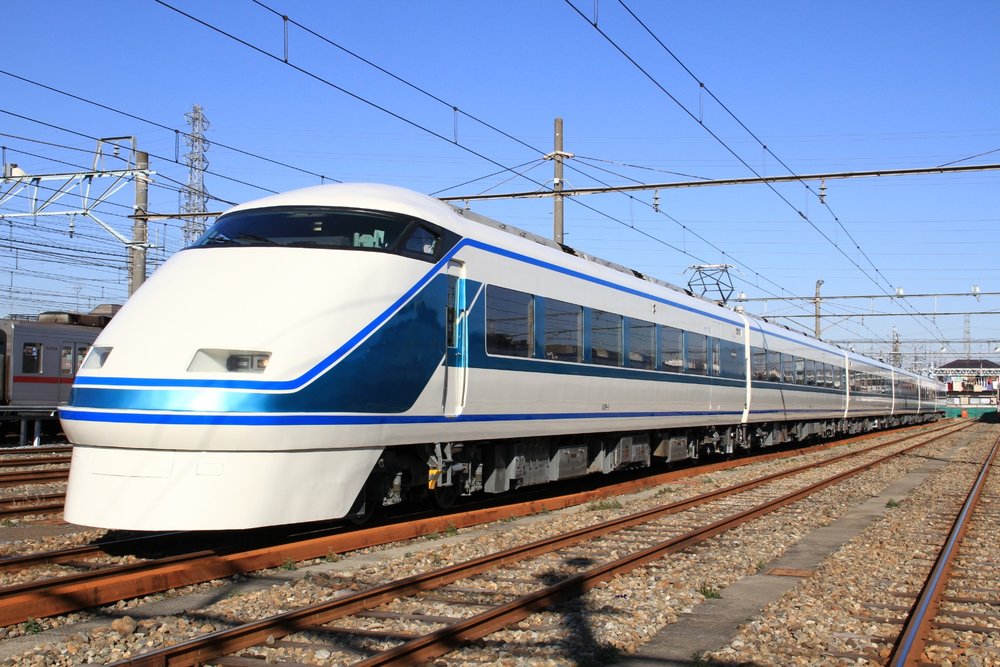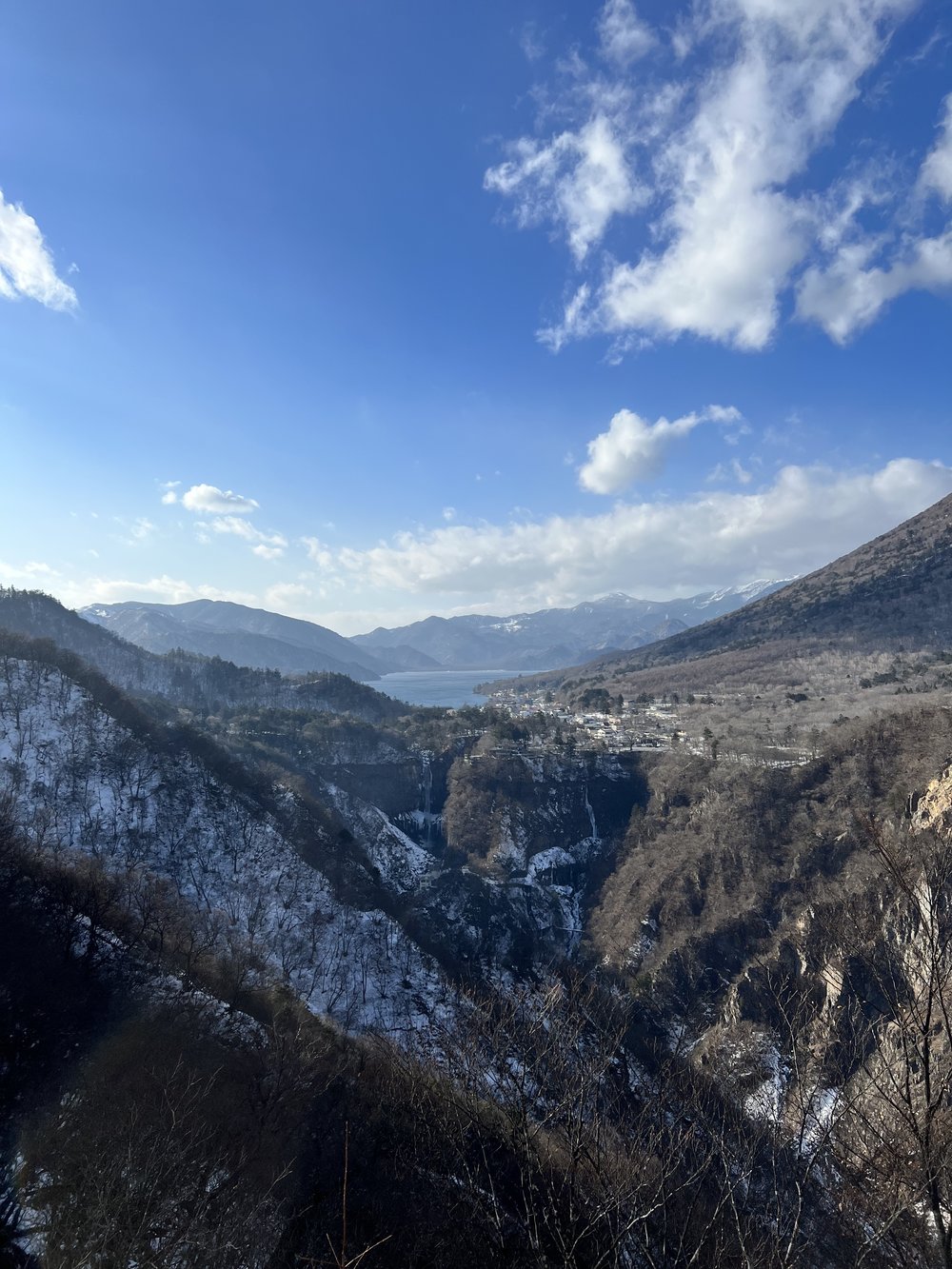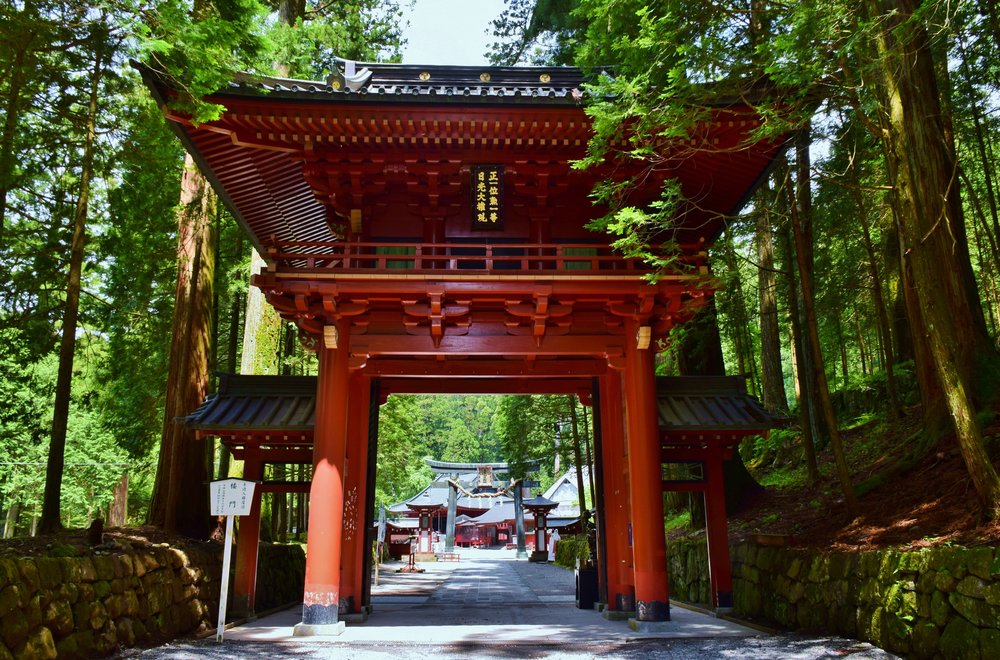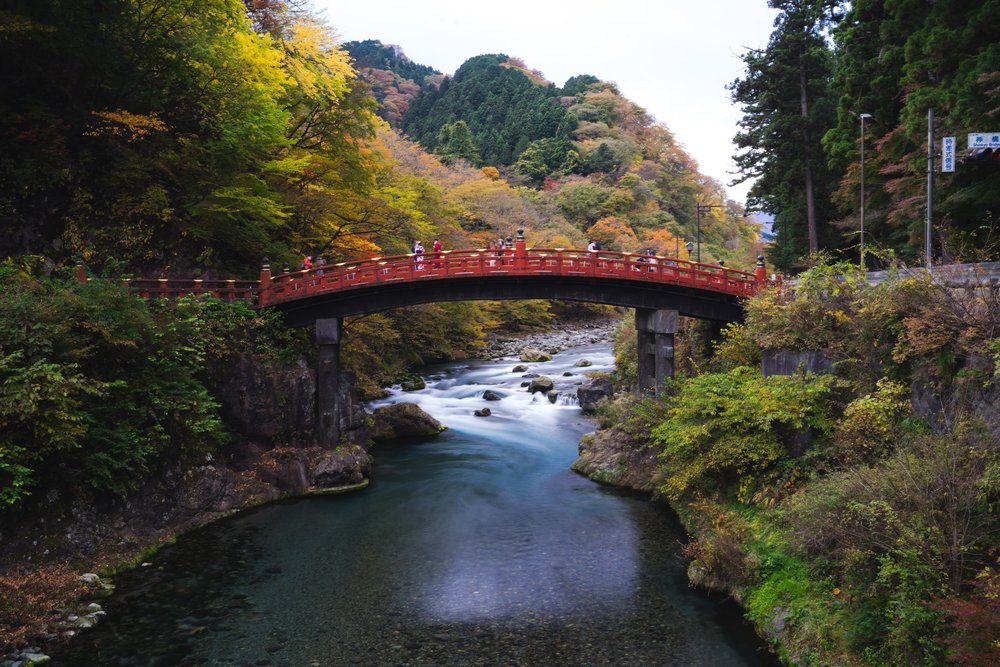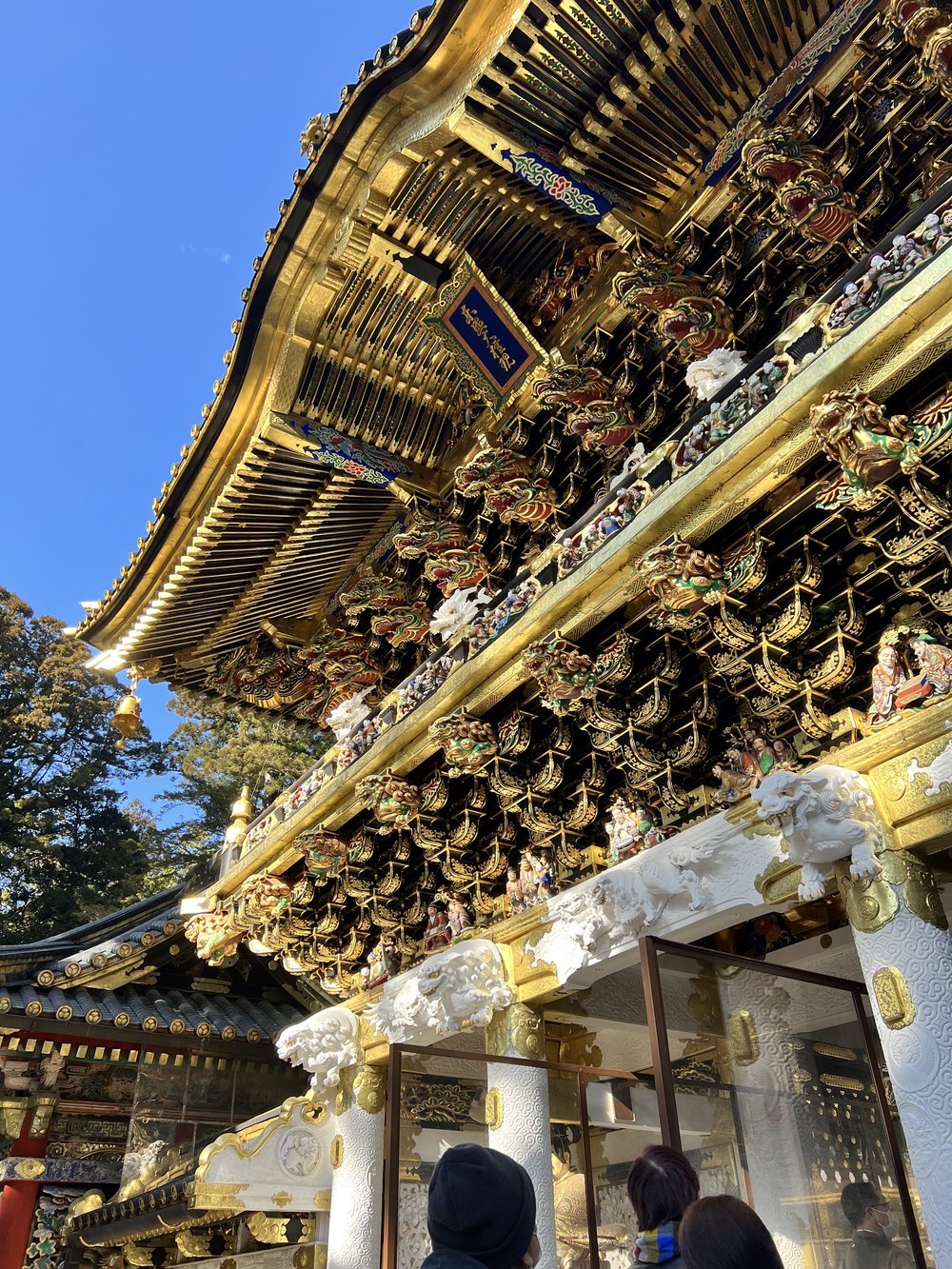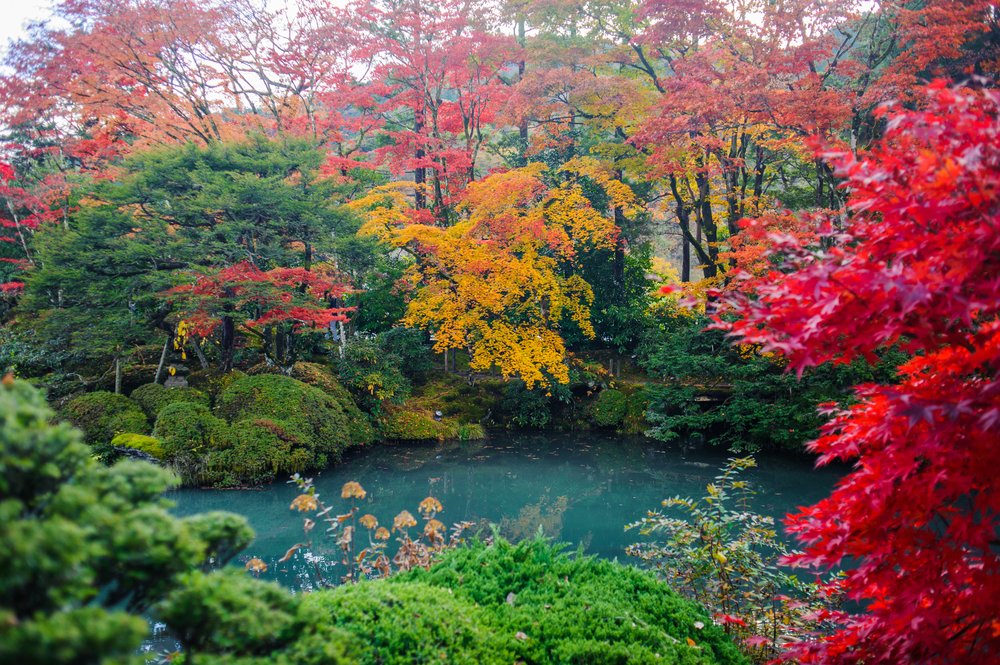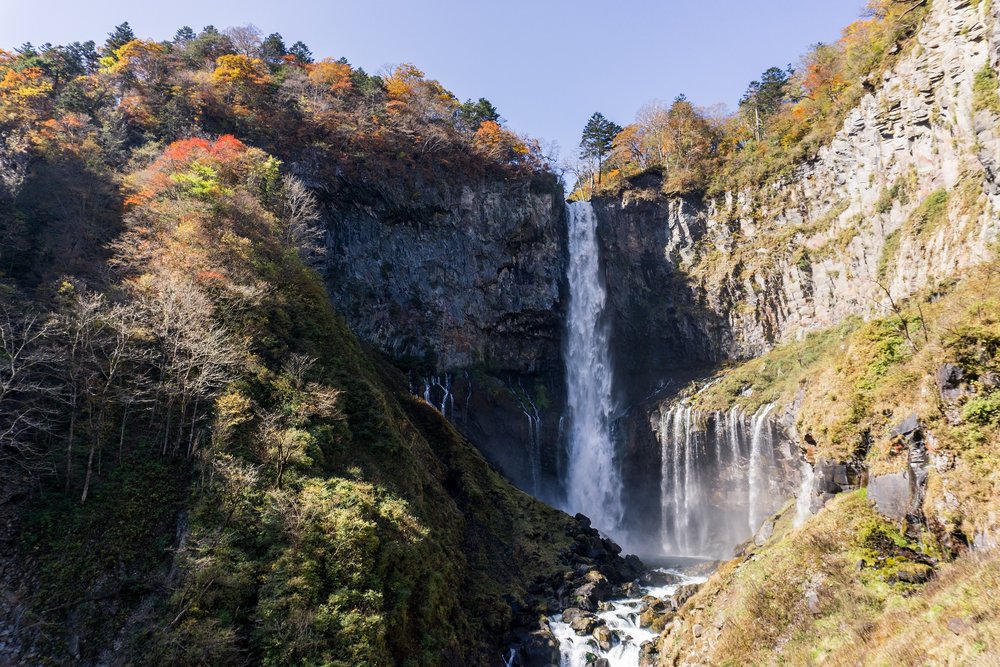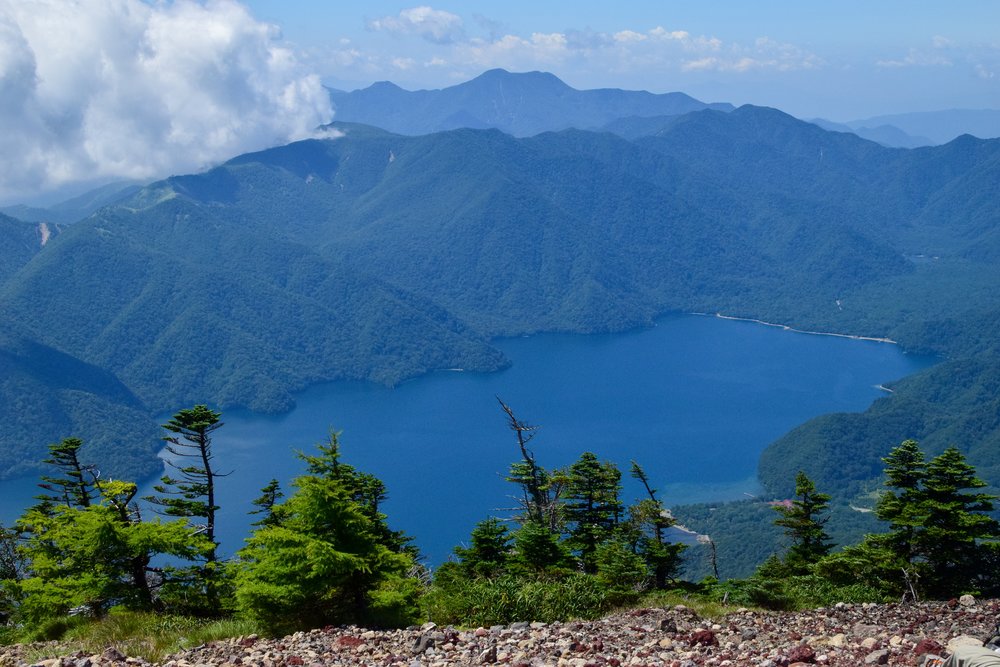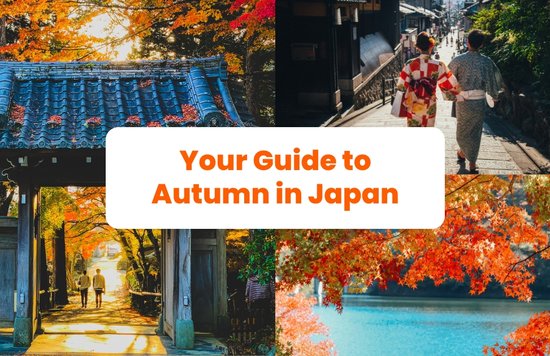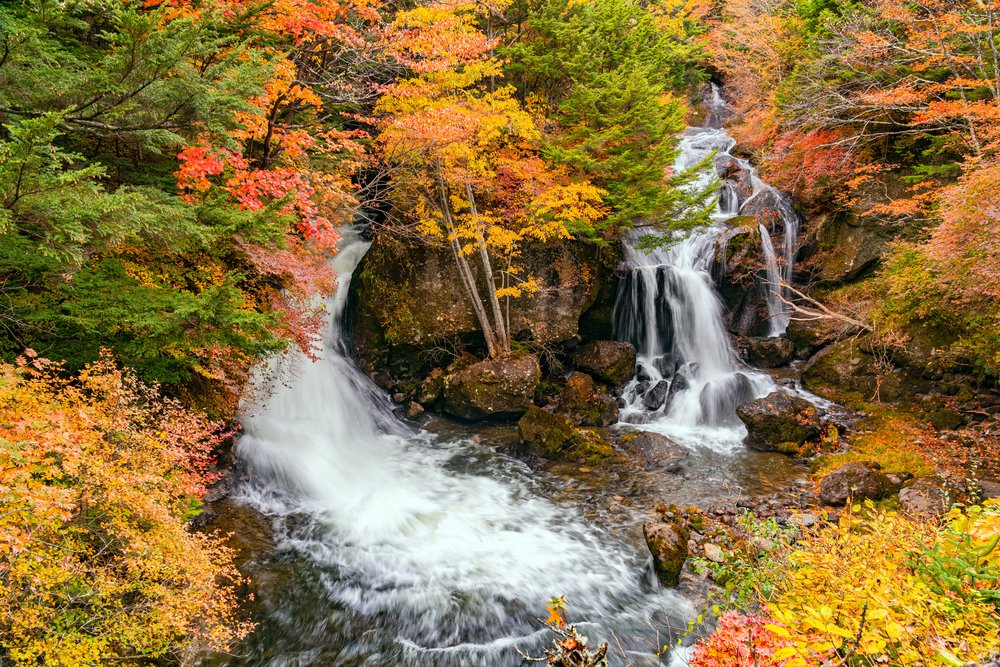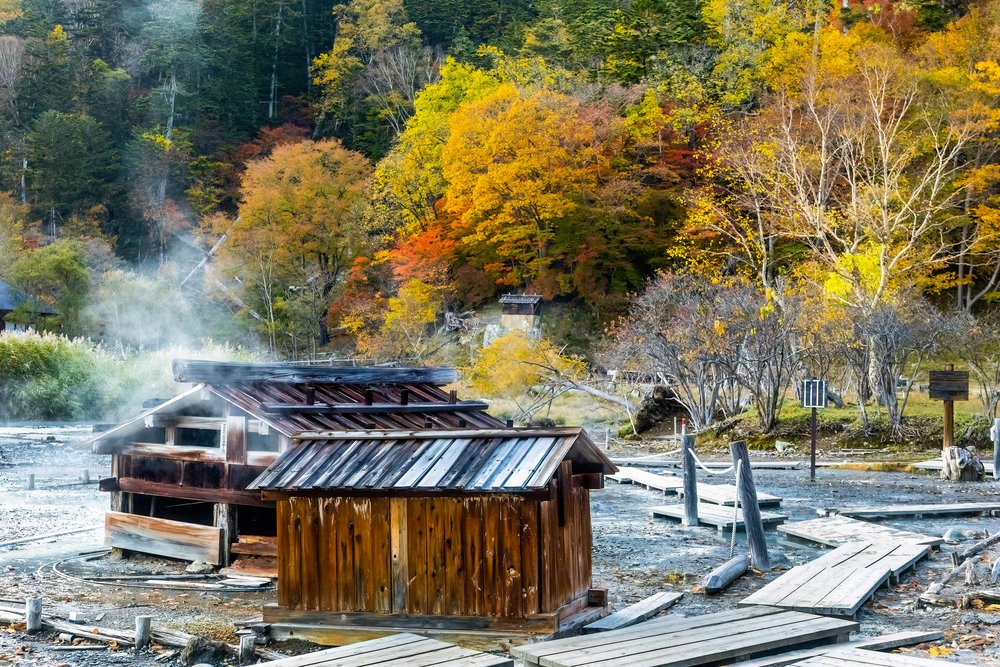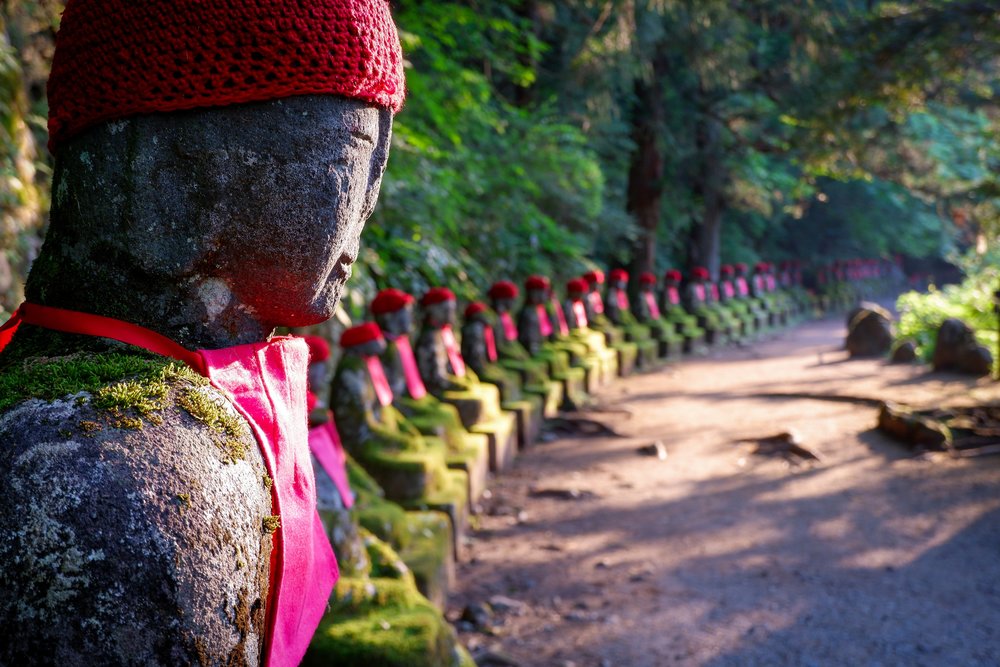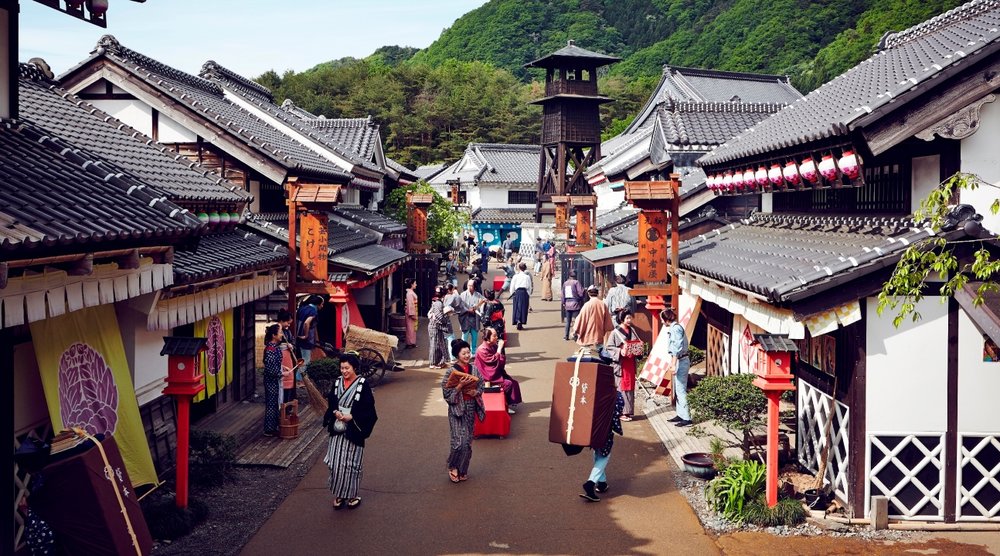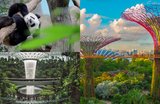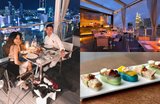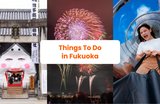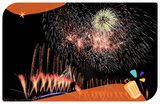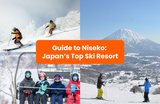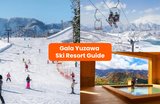Immerse yourself in lush forests and Japan’s rich heritage in Nikko, Japan
Nikko is just north of Tokyo and is the perfect escape from the busy district, where you can enjoy lush greenery and the most beautiful and well-preserved shrines and temples you’ll ever see. The historic destination has a number of Japan’s World Heritage sites and national treasures that will surely inspire and give you the calmness you seek.
Expect famous heritage sites like the Nikko Toshogu Shrine, Taiyuin Temple, and Nikkosan Rinnoji Temple, as well as scenic walks by the gorge along Daiya River in Kanmangafuchi Abyss or the beautifully-landscaped Shoyoen Garden, to name a few. After all that walking and sightseeing, you have the picturesque hot spring town of Yumoto to get your well-deserved relaxation surrounded by an awe-inspiring backdrop of nature.
You’ll need more than a day to fully enjoy the wonders of Nikko, it’s a trip that will definitely feed your soul – so let’s check out what a 3-day Nikko trip will look like!
Get to and around Nikko easily with the Digital NIKKO PASS
If you're planning to head to Nikko, consider checking out the NIKKO PASS. It’s a single pass that gives you unlimited rides on majority of the trains and buses in the area, giving you a fuss-free commute throughout Nikko. Plus, you get to enjoy special discounts from several shops in Nikko, Asakusa, and Kinugawa just by showing your pass!
If you’re wondering how to get to Nikko from Tokyo, your NIKKO PASS already includes a round-trip ticket between Tobu Asakusa Station and Shimo-imaichi Station in Nikko. Since it’s a digital pass, all you have to do is click “Redeem Now” on your Klook app when you’re ready to use it. You should expect to see a QR code pop up and this is what you show the station staff.
Which NIKKO PASS is right for you
There are two types of NIKKO PASS you can choose from: World Heritage Area Pass and the All Nikko Area Pass. The World Heritage Area Pass is If you want to check out the main sightseeing spots in Nikko like the Futarasan Shrine, Toshogu Shrine, and Kinugawa Onsen, to name a few. It covers transportation to many of the UNESCO World Heritage shrines and temples in Nikko and is valid for two days.
Klook Tip: Since there’s now a Digital Ticket version, you can skip picking up the physical ticket! Just make sure you bring your trusty power bank to keep your phone up and running when you need to show your digital NIKKO PASS.
The All Nikko Area Pass gives you access to a much wider range in Nikko, so you can explore more areas! You’ll also have access to the scenic Akechi-Daira ropeway, boat rides at Lake Chuzenji, and more.
How to activate the NIKKO PASS
To give you an idea of how to go about using your digital NIKKO PASS, here are the simple steps to expect with your purchase.
1. Log in to your Klook account.
2. Purchase your NIKKO PASS.
3. Check your email and/or Klook account to see if you’ve received the booking confirmation.
4. Go to ‘Bookings’ on your app to find your pass.
5. Upon clicking your booking, tap "see voucher"
6. When you’re ready to use it, hit the “Redeem now” button, and the digital pass will be activated! You can show the digital pass to the station staff.
*Please remember to only tap the "Redeem now" button on the participation date. Once activated, a timer will be set and won't be possible to deactivate.
Where to go in Nikko
Now that you have an idea of how the pass works, we can now move on to the more exciting part – planning your trip! We’ve gathered a number of temples, shrines, onsens, and nature spots so you could easily add whichever you like to your itinerary, you could even bookmark this page and use it as your Nikko Japan Guide. Let’s start!
Day 1
On the very first day of your Nikko trip, take the time to explore the many beautiful temples and shrines of Nikko. The town has actually been a main point of worship of both Shintoism and Buddhism dating way back to the 1600s, so it’s no wonder why you’ll immediately sense the deep respect for nature. For your trip, you can expect scenic hiking trails, mountains, lakes, and so much more! It’s really a sight to behold that you have to experience for yourself.
1. Nikko Futarasan-jinja Shrine
Klook Tip: Before you map out your itinerary, there are actually three Futarasan-jinja in Nikko! They’re also a few kilometers apart: there’s the lower shrine that’s located near the other Nikko World Heritage sites, a middle shrine that’s located by Lake Chuzenji, and the top shrine by the peak of Mt. Nantai – which you can hike up to from the middle shrine!
This Futarasan-jinja Shrine is the lower one nearby the other World Heritage sites of Nikko and is actually accessible by foot or by bus just from Nikko Station. You’ll notice its beautiful wooden torii gate welcoming you into the main shrine area, large sacred trees, and a bamboo-grass grove where many worshippers go to pray for help in finding the perfect partner. The entire shrine is filled with power spots that you can go and pay respects to, these spots are known to bring good fortune and luck to those seeking love and domestic happiness.
Klook Tip: If you do plan on hiking up from the shrine in Lake Chuzenji, you may want to schedule your trip between April to November since this is their scheduled climbing season. It’s known to be a generally straight climb up with clear pathways. Be prepared to see the most scenic views of the lake and its surrounding forests, it’s truly a sight!
2. Shinkyo Bridge
Futarasan Shrine is also where you’ll spot one of the three iconic bridges in Japan – the Shinkyo Bridge. The bridge crosses over the Daiya River and was built in 1636. While the location is beautiful in all seasons, it’s especially magical during autumn with the various colors of the season.
3. Toshogu Shrine
About a 4-min walk away from Futarasan Shrine is one of the most famous shrines in Japan, the Nikko Toshogu Shrine. It’s a large and spectacularly decorated shrine that’s dedicated to Tokugawa Ieyasu, the first and most prominent shogun of the Edo Period. You’ll notice the many intricate wood carvings, gold leaf details, and fine artwork like “The Sleeping Cat” or the famous “Three Wise Monkeys”, to name a few.
Apart from the many intricacies, you may notice the many Shinto and Buddhism elements throughout the complex – many of these survived separation during the Meiji Period because these elements were so intertwined that the separation in Toshogu Shrine was never completed.
4. Rinnoji Temple
Just a 5-min walk away from Toshogu Shrine is Rinnoji Temple. The Rinnoji Temple is the most important one in Nikko and houses the three large wooden gold-lacquered statues representing the manifestations of Nikko’s three mountain deities (the three sacred mountains can be found in Futarasan Shrine): Amida, Senju-Kannon, and Bato-kannon.
Here you can also find one of the most beautiful gardens ever – Shoyoen. It’s a small garden in the temple grounds, just behind the treasure house and is a popular autumn spot. You’ll see the many maple trees with their varying colors of red, yellow, and orange among many other plants, trees, and shrubs in the garden.
Day 2
On the second day of your trip, immerse yourself even deeper in nature with the various nature spots in Nikko. You can take boat rides, hikes, and have a soothing bath at one of the many onsens in the area.
5. Kegon Falls
Kegon Falls is one of the close to 50 majestic waterfalls of Nikko and is ranked in the top three of Japan’s Three Great Waterfalls. If you’re worried about when’s the best time to see the falls, you don’t have to be! The waterfalls and its surrounding area are beautiful all year round – from the purest white snow and ice crystals in the winter, the deep greens in summer, the full blooms in spring, and the deep reds and vibrant yellows of autumn.
You’ll witness Kegon Falls’ 97-meter drop with about 3 tons of water falling into Lake Chuzenji! There are two viewing options you could choose: One is right near the basin where you can look up at the majestic falls. The other viewing option is up at a higher level, near an observatory that’s built on a cliff so you have a higher view of the falls.
6. Lake Chuzenji
From the eruption of Mt. Nantai many years ago, Lake Chuzenji was formed. If you took a hike in Futarasan Shrine, this is the picture-perfect lake you just witnessed from above! You could also enjoy the hiking trail in the lake’s circumference which is about 25 km. There are also boat rides you could take– which is included in your NIKKO PASS, so you could enjoy the spectacular views of unspoiled nature on your way to Ryuzu Waterfall.
Klook Tip: If you really love autumn, fall colors in the area descend from higher elevations. It starts in early October then reaches Lake Chuzenji from either late October or early November.
7. Ryuzu Waterfall
Another famous autumn spot is Ryuzu Waterfall, the many trees in the area turn into deep reds and golden yellows that will make anyone’s jaw drop from its beauty. Ryuzu Waterfall or “Ryūzu no Taki (竜頭ノ滝,)” when translated from Japanese means “dragon head waterfall”, it describes the shape of the waterfall plus the deep reds from autumn really evoke its dragon-like characteristics.
8. Yumoto Onsen
Once you’ve finished sightseeing, you can head on over to Yumoto Onsen. It’s a small hot spring town where you can soothe your aching muscles and experience staying at a Ryokan. Ryokans are Japanese inns you can typically find in hot springs and are the best way to experience relaxation, Japanese culture, and local cuisine all in one place.
Klook Tip: You may not have to plan on where to eat at the end of your day if you stay at a Ryokan because many ryokans include breakfast and an elaborate dinner with your stay!
Day 3
There are still so many places to explore in Nikko that a third day might seem like a day to squeeze in all the other spots you want to check out; although if you plan to get the All Nikko Area Pass, you have limitless transportation rides for more than two days!
9. Kanmangafuchi Abyss
You can start your morning with a nature walk in Kanmangafuchi Abyss. It’s a famous gorge along Daiya River and is also known for the Kanman Path and Narabi Jizo – the line of over 70 stone statues that have vibrant red crocheted caps and are facing the river; it’s said that each time you try counting all these mystifying statues, your total count’s never the same!
Jizo are statues usually made out of stone that are made in the image of Jizo Bosatsu, a guardian deity of travelers and children.
It’s a pleasant walk that can give you a nice escape from the crowds. Here you can also find spiritual and historical artifacts like the Bonsho, the oldest bell in Nikko that dates back to the 15h century or the Sugegasa Higiri Jizo, which is a statue of a Jizo that wears a straw hat and because of this, is known to be extremely rare.
Klook Tip: Be very careful not to go too close to the Daiya River. The banks can get very slippery so there is an especially high risk of falling.
10. Edo Wonderland
While many of the places in Nikko give you a glimpse of history, Edo Wonderland is a place where you can truly experience what the Edo Period was like. From the structures, eateries, and even actors dressed in Edo style, the town accurately depicts what a typical town during the Edo Period would look like.
Ready for your Nikko trip?
Enjoy a fuss-free and fun-filled trip as you reach all the places you want to visit in Nikko with your trusty NIKKO PASS! Start packing and let the adventure begin!
🍣 Japan Essentials🍣
🚅Trains & Airport Transfers
📌Mobile Data & Metro Passes
You can discover, book, and experience the best things to do including attractions, activities, car rentals, SIM cards, and more on Klook. Sign up now! 🧡
Enjoy 5% off your first app booking when you use the promo code
<BETTERONAPP>. T&Cs apply.

